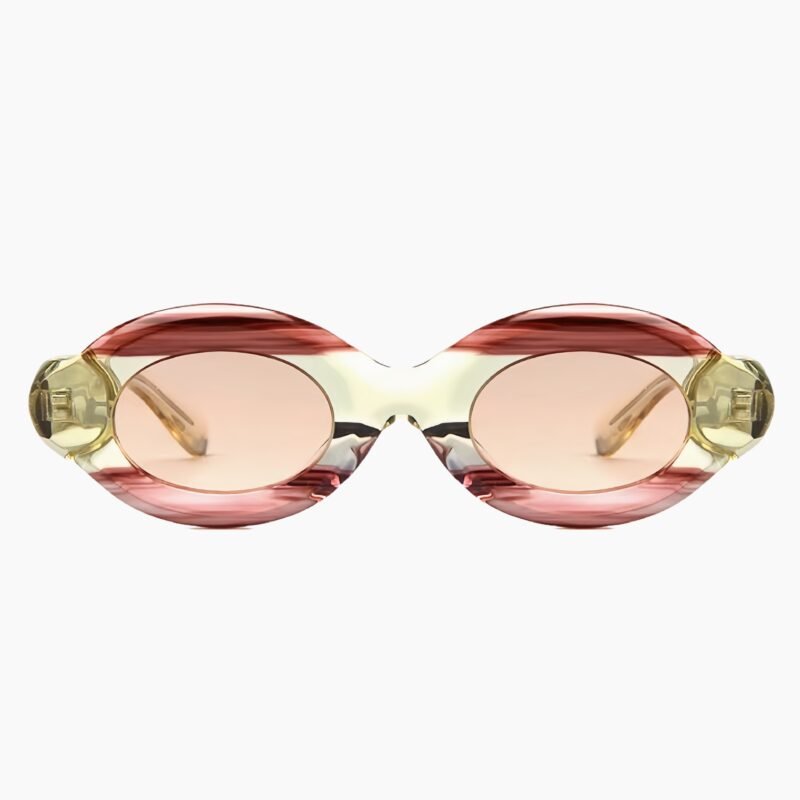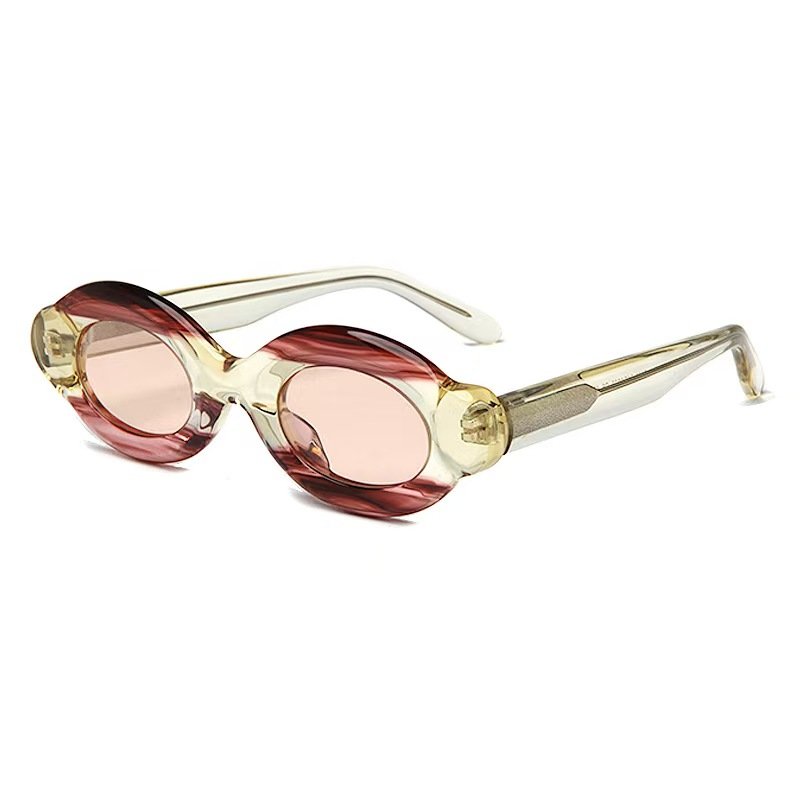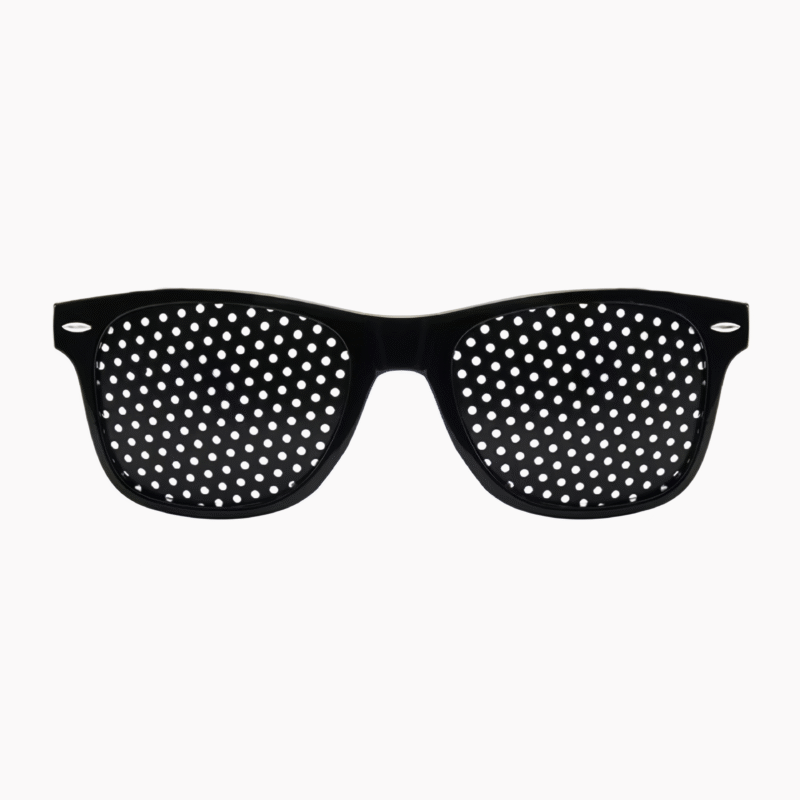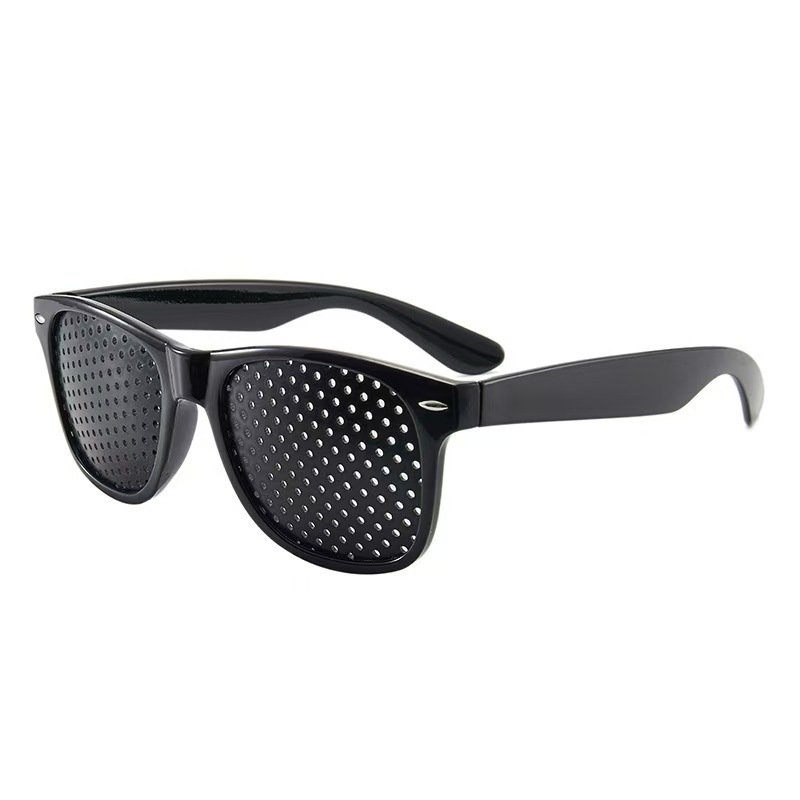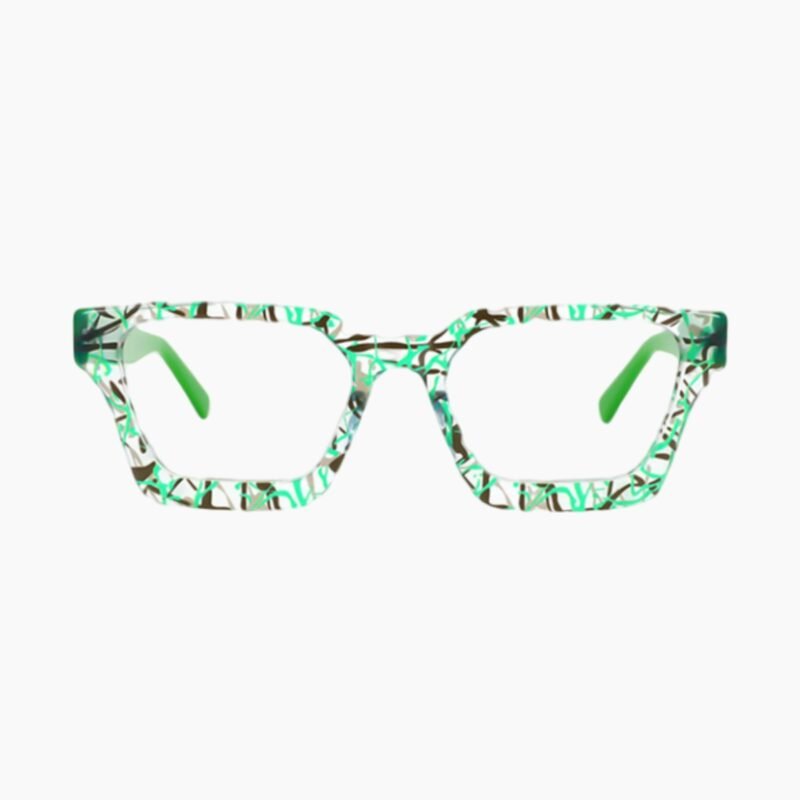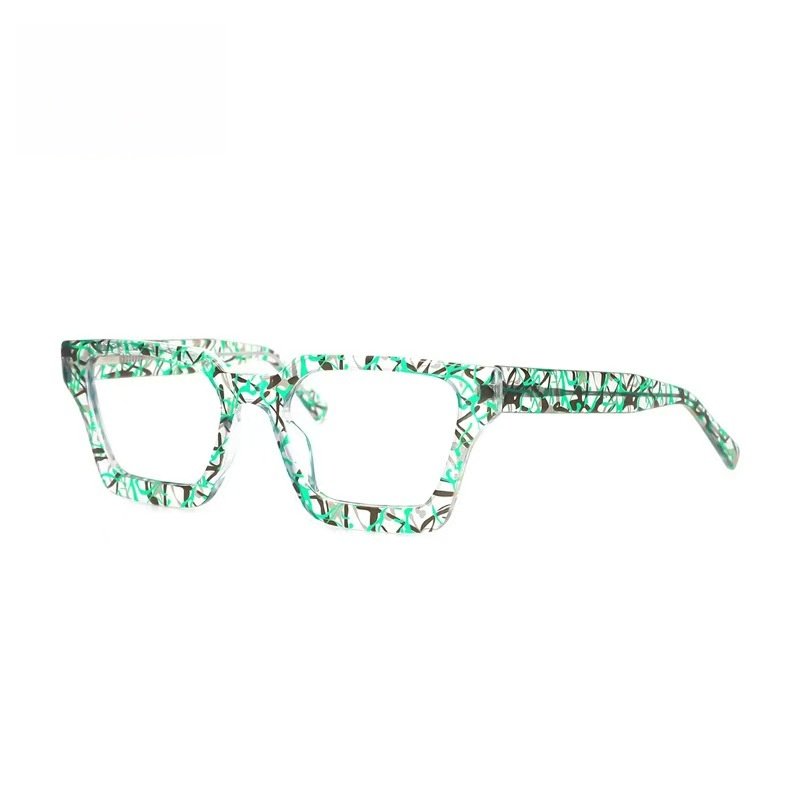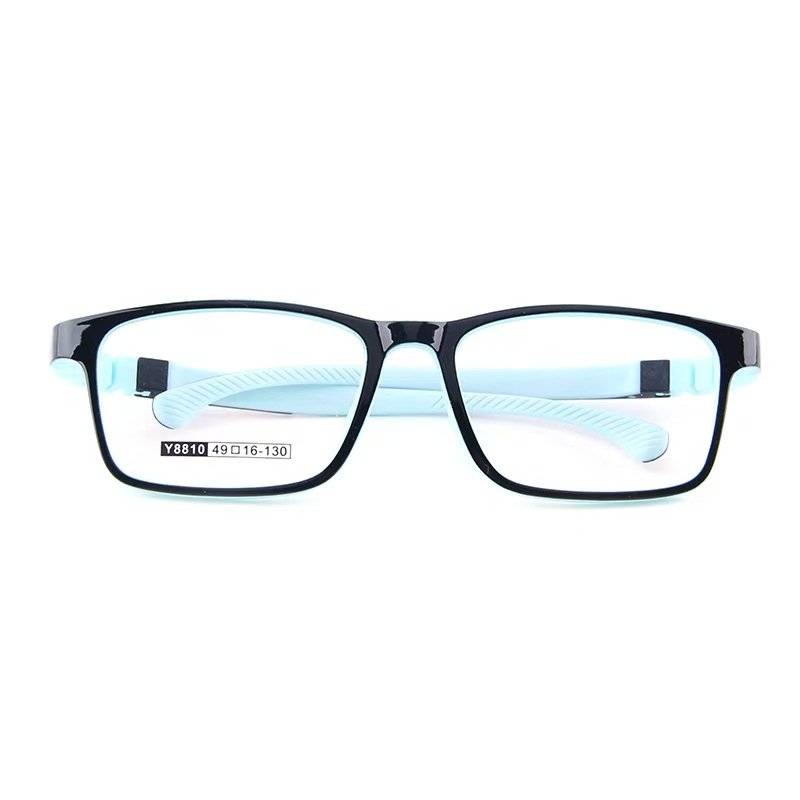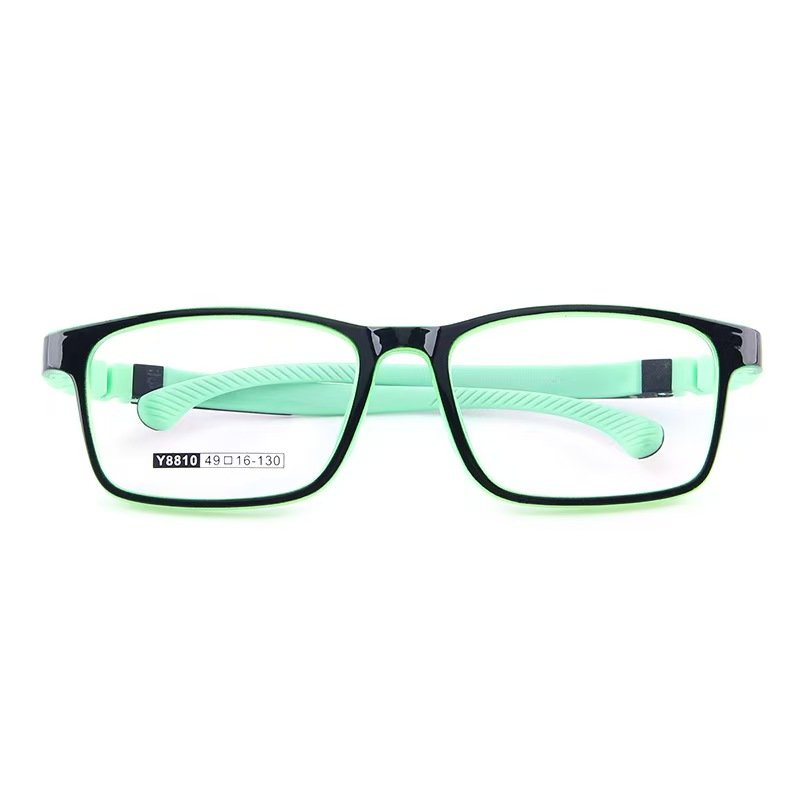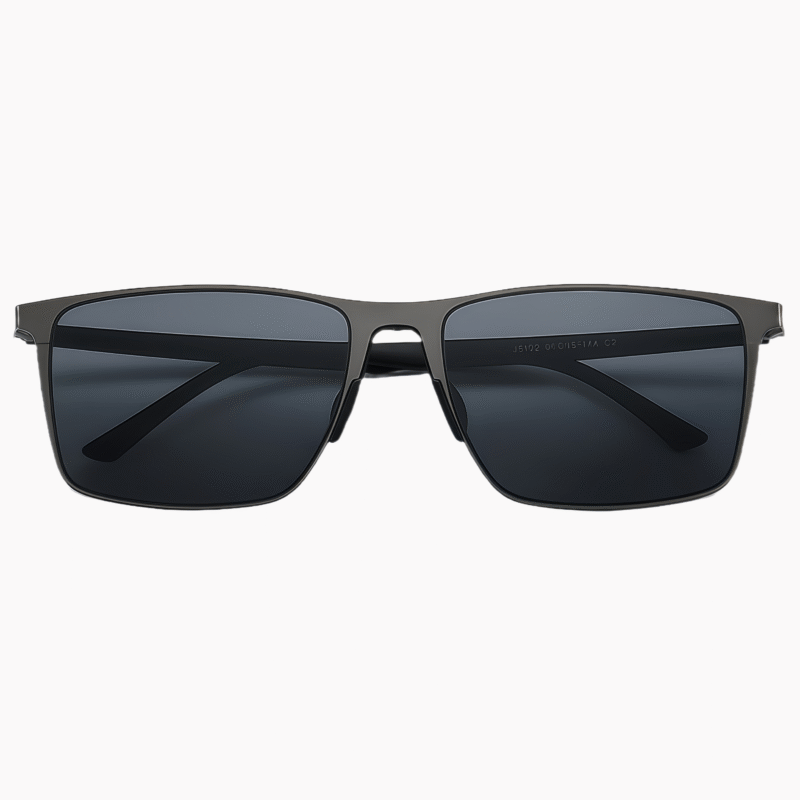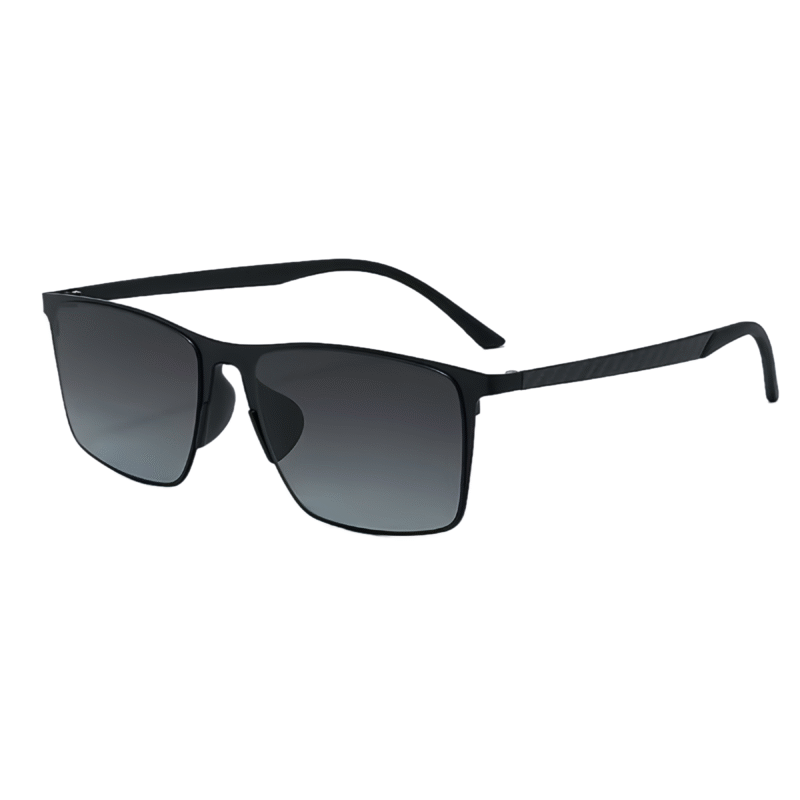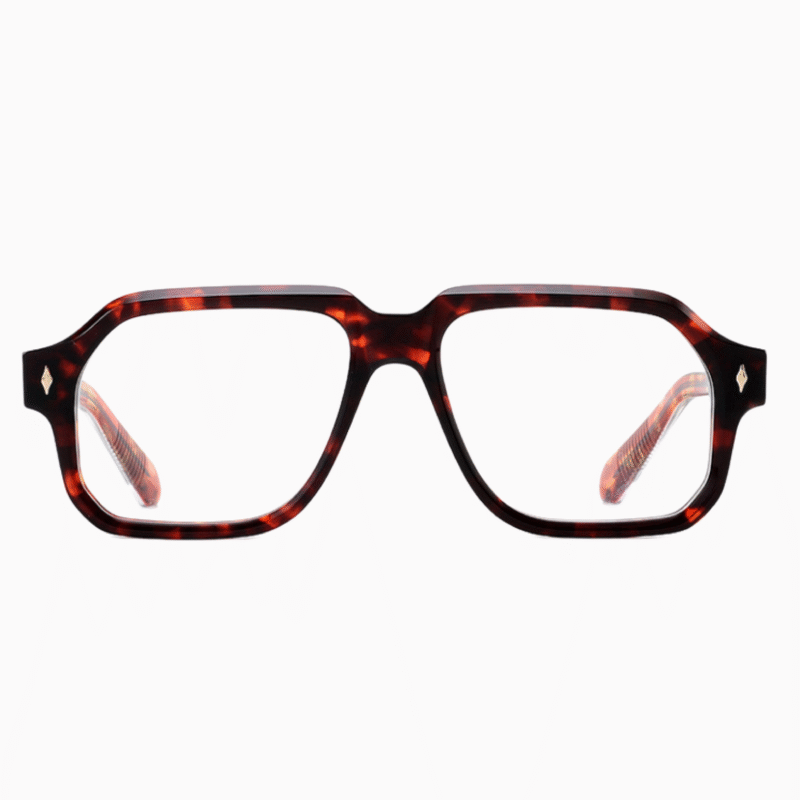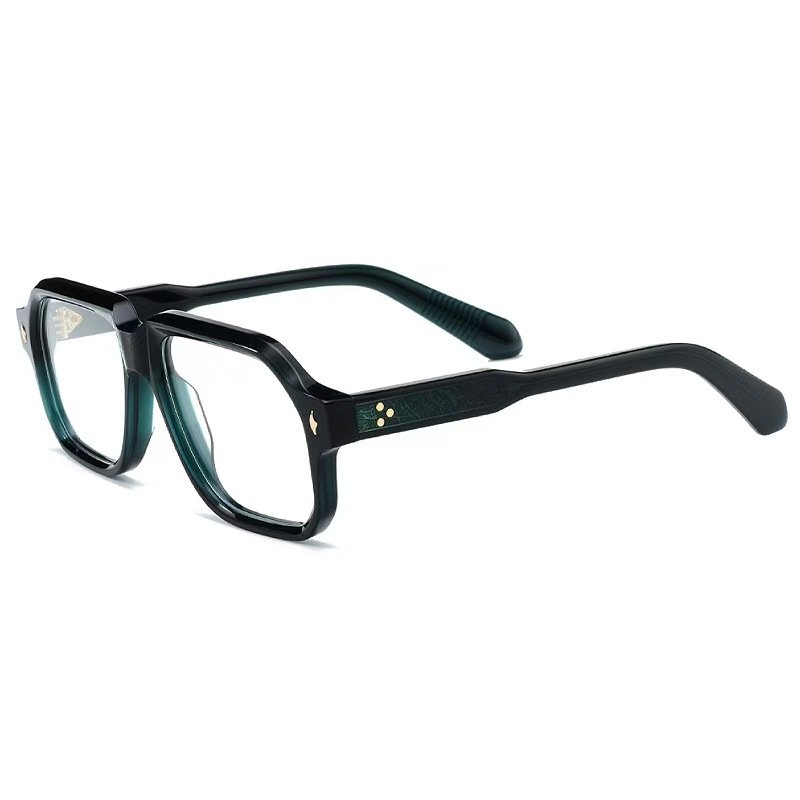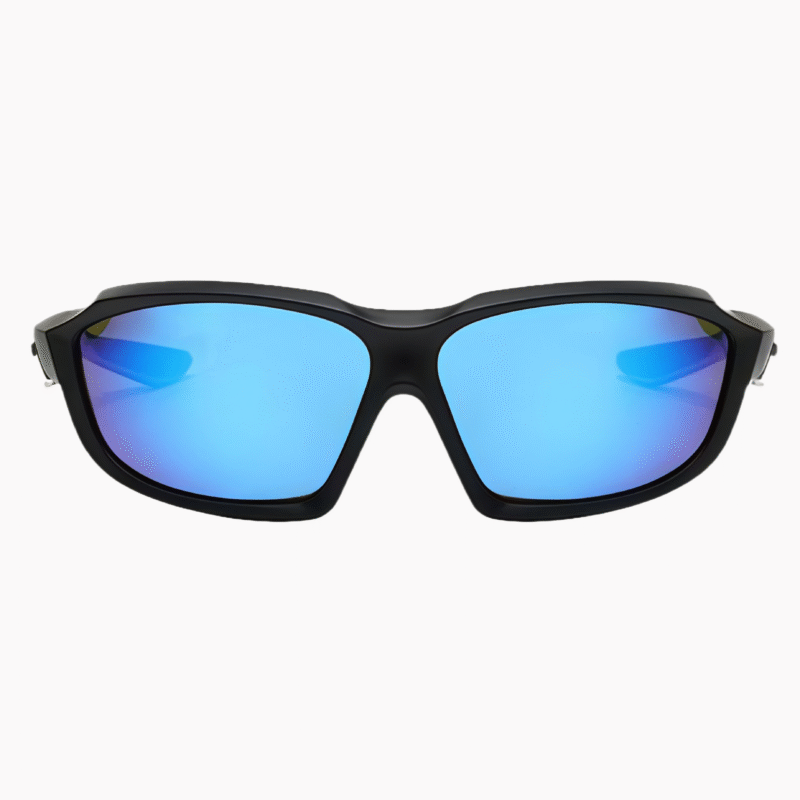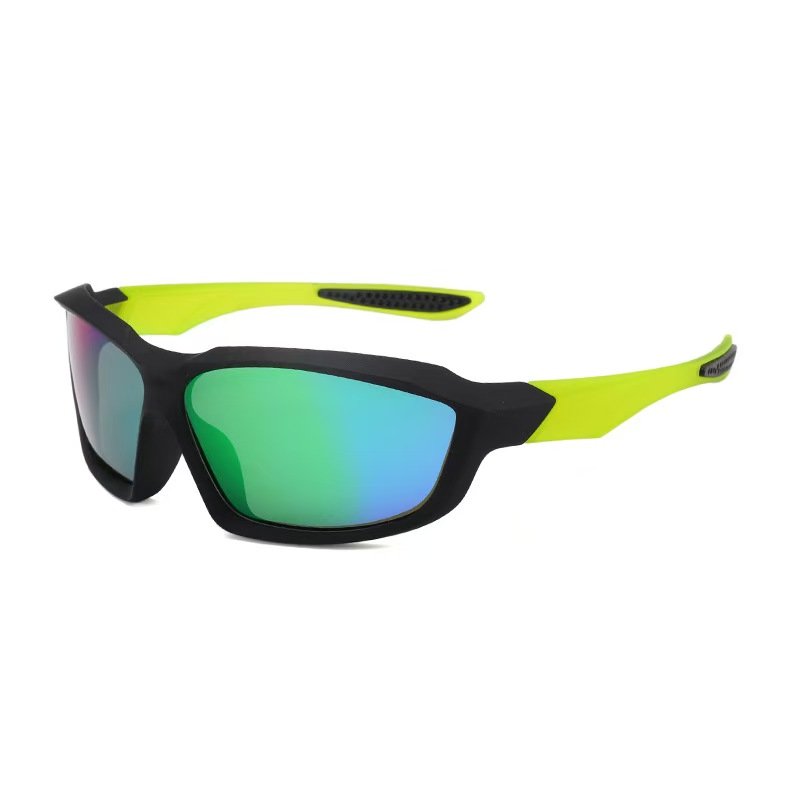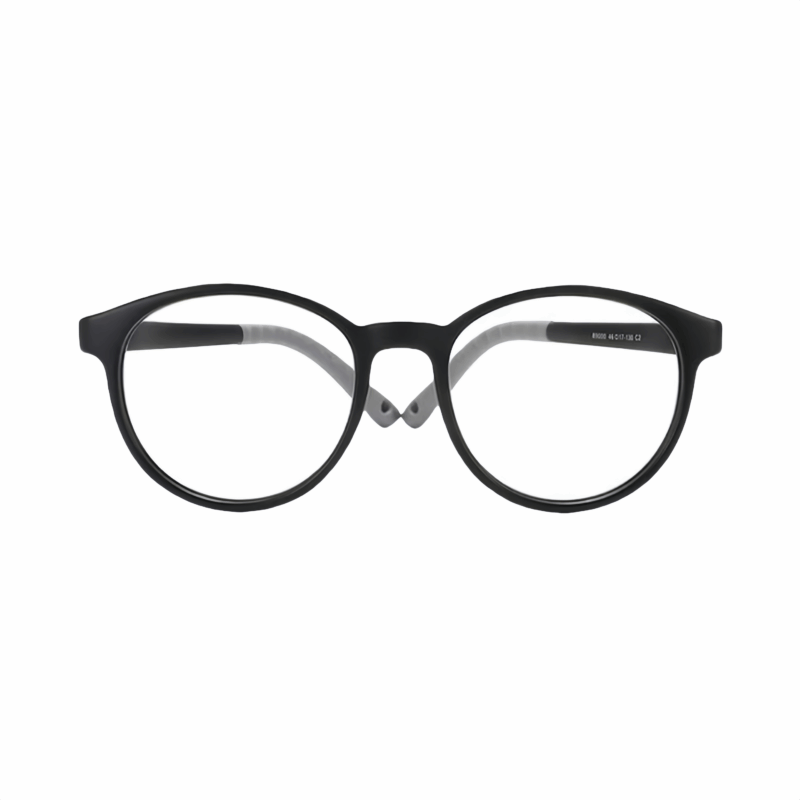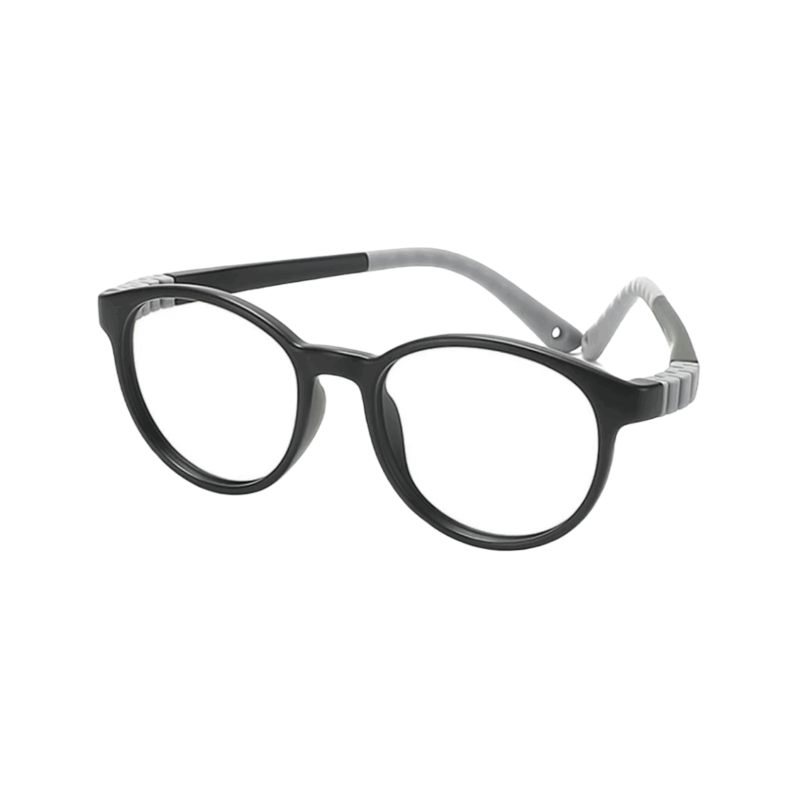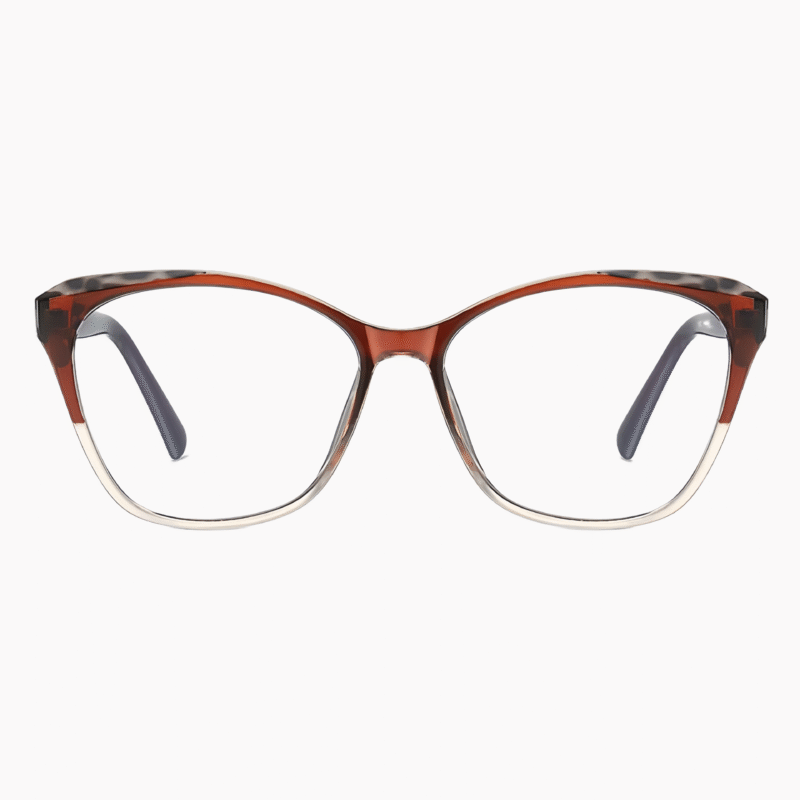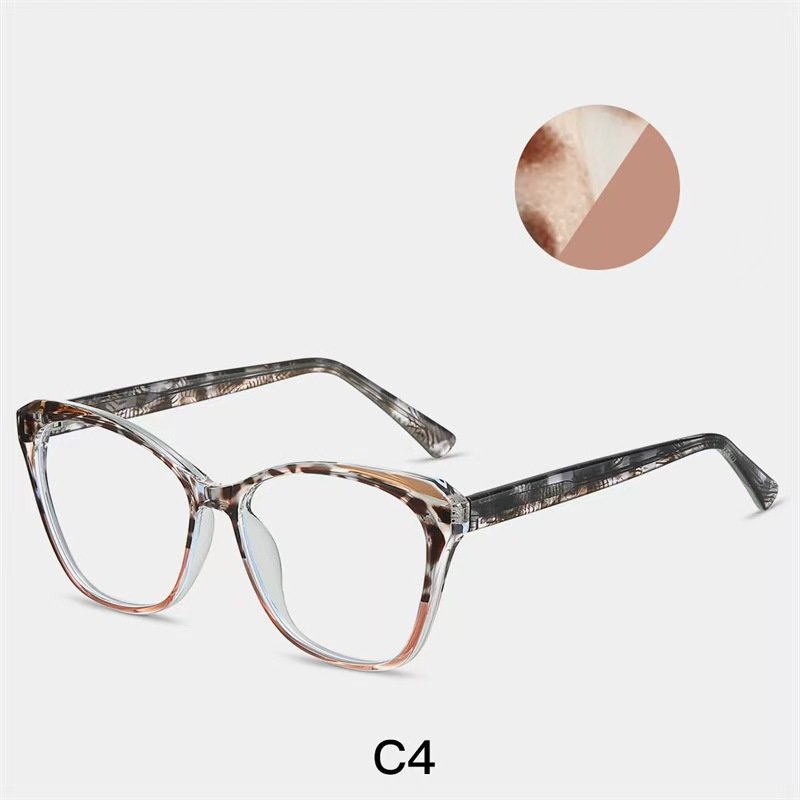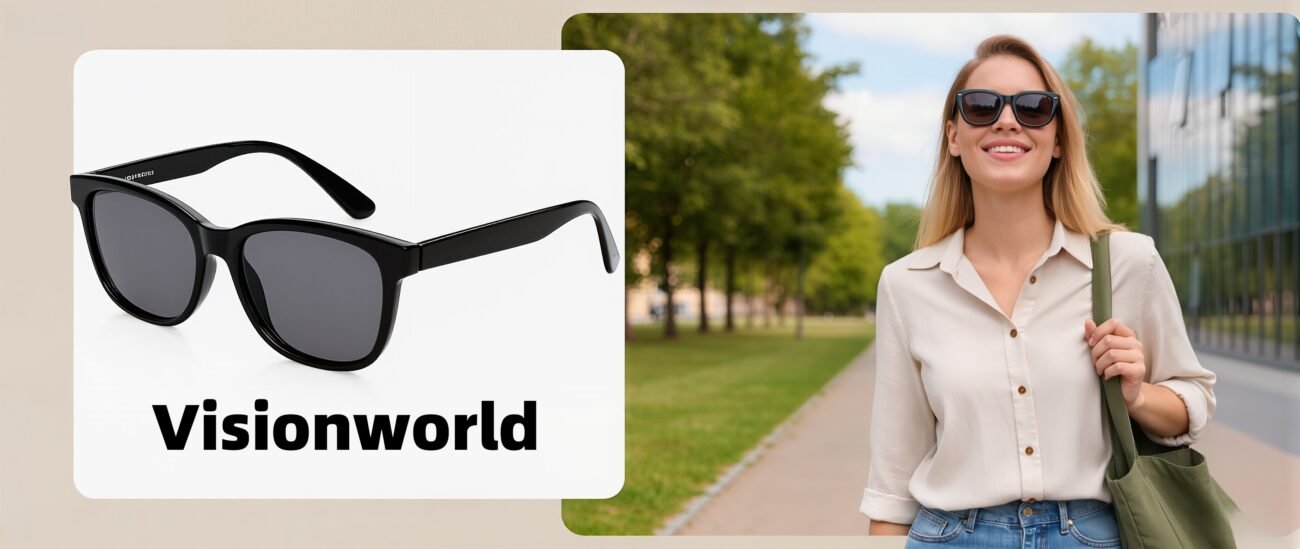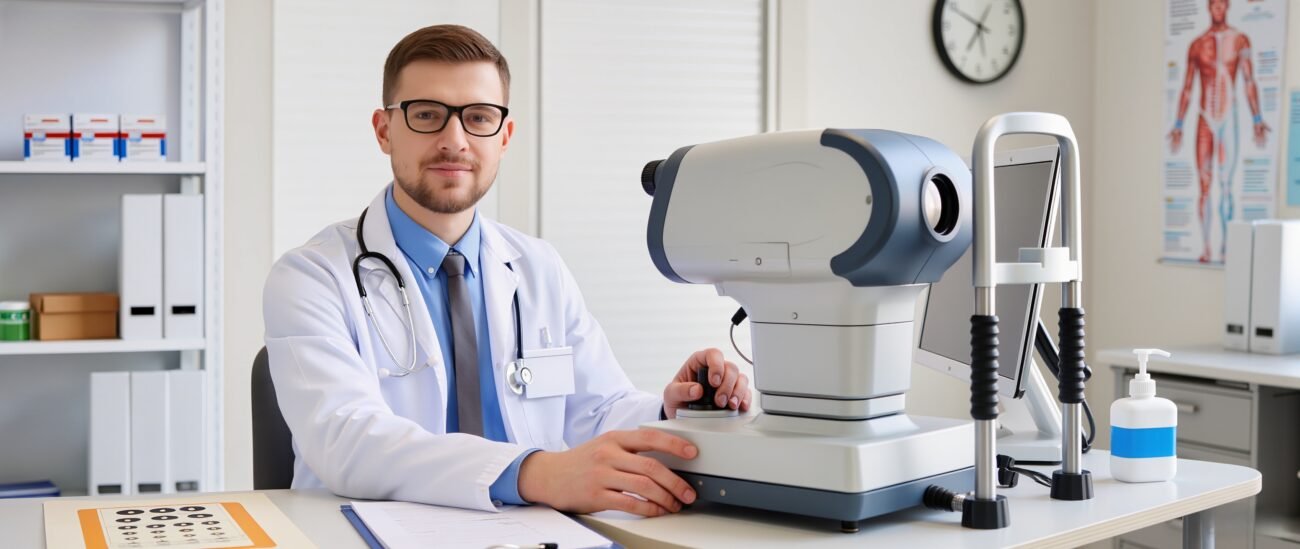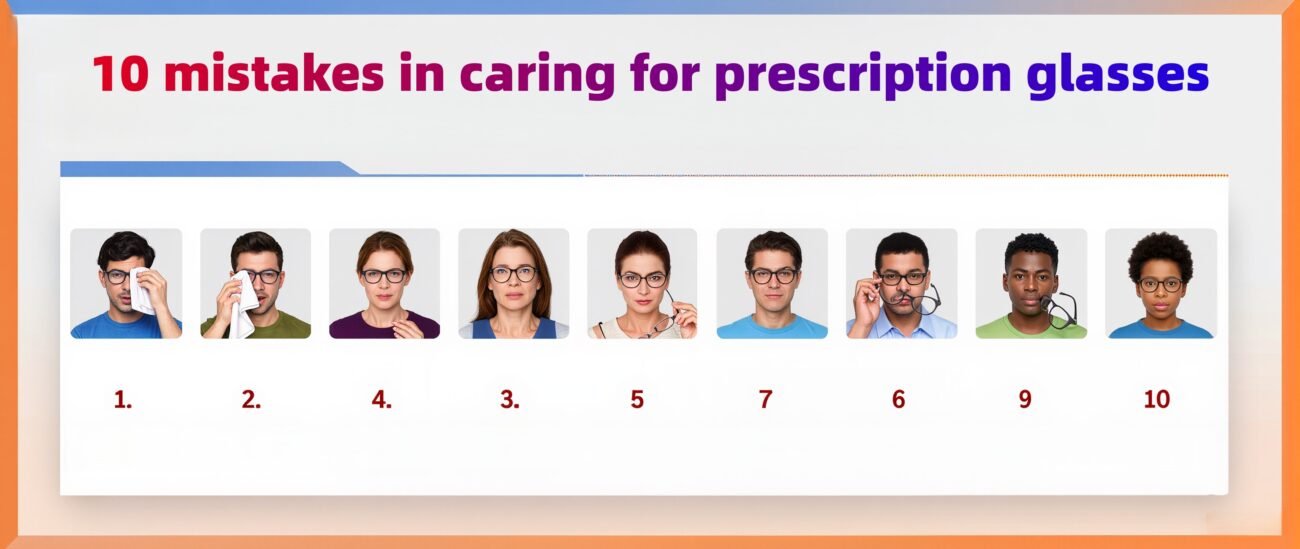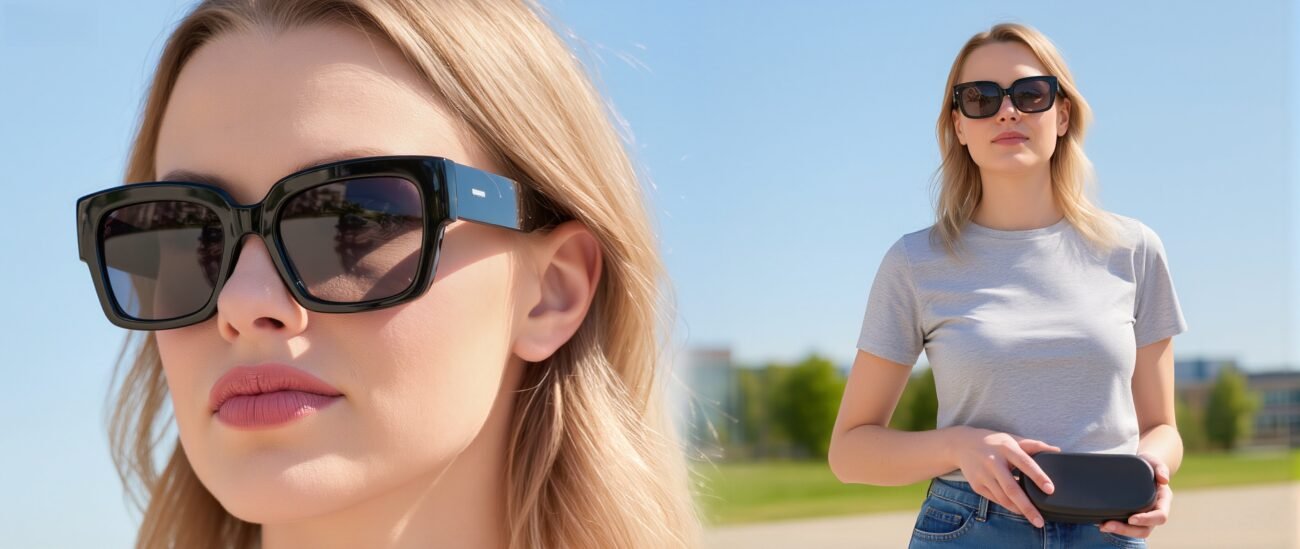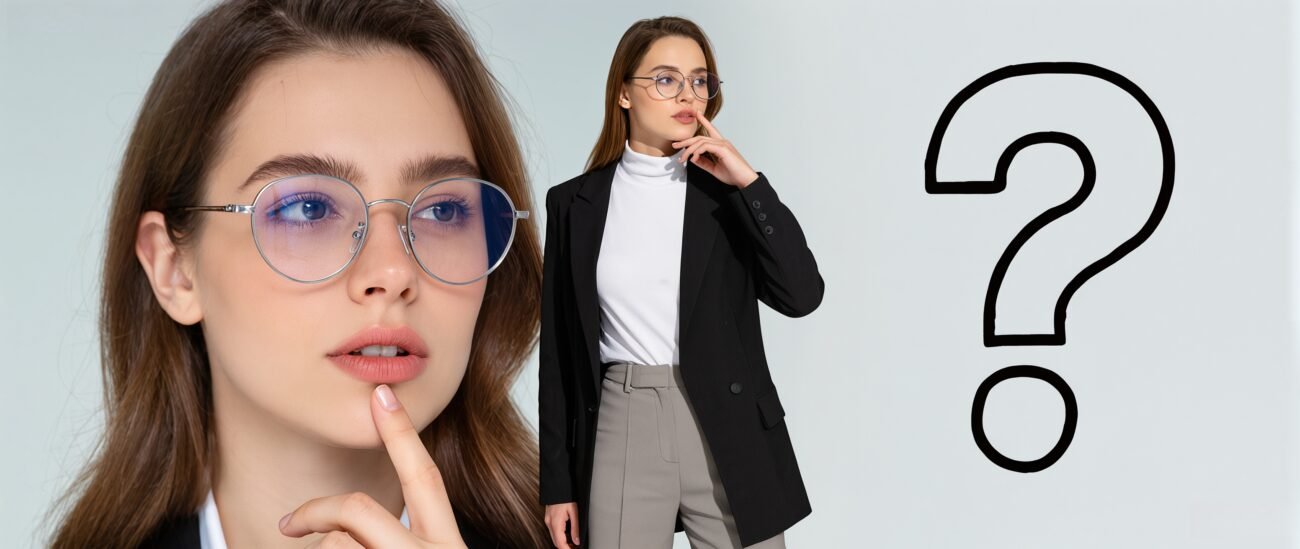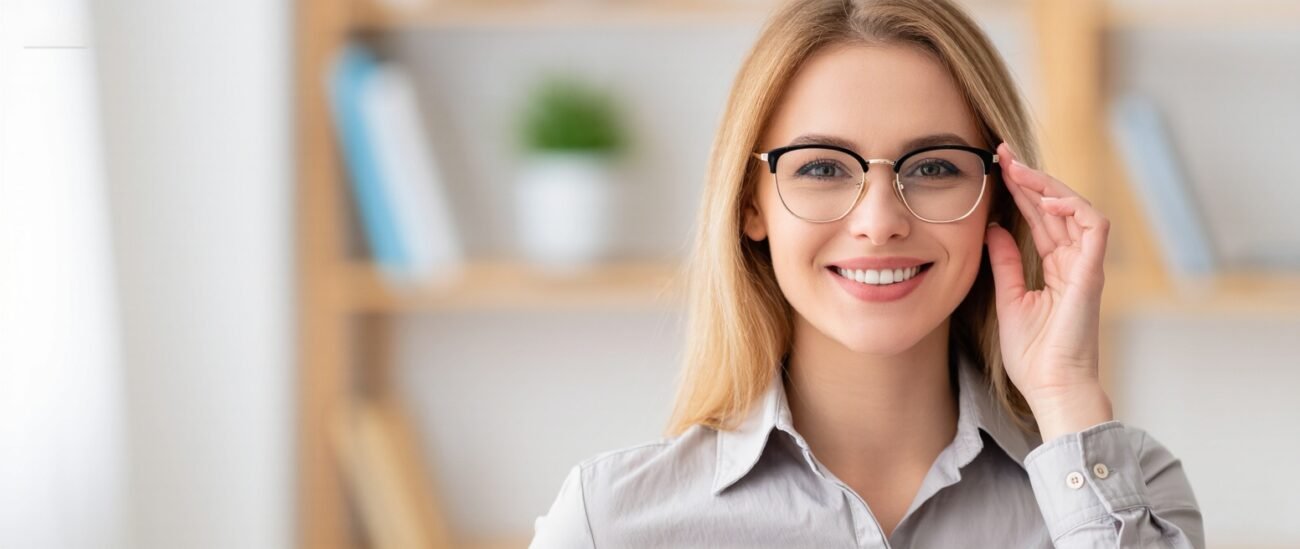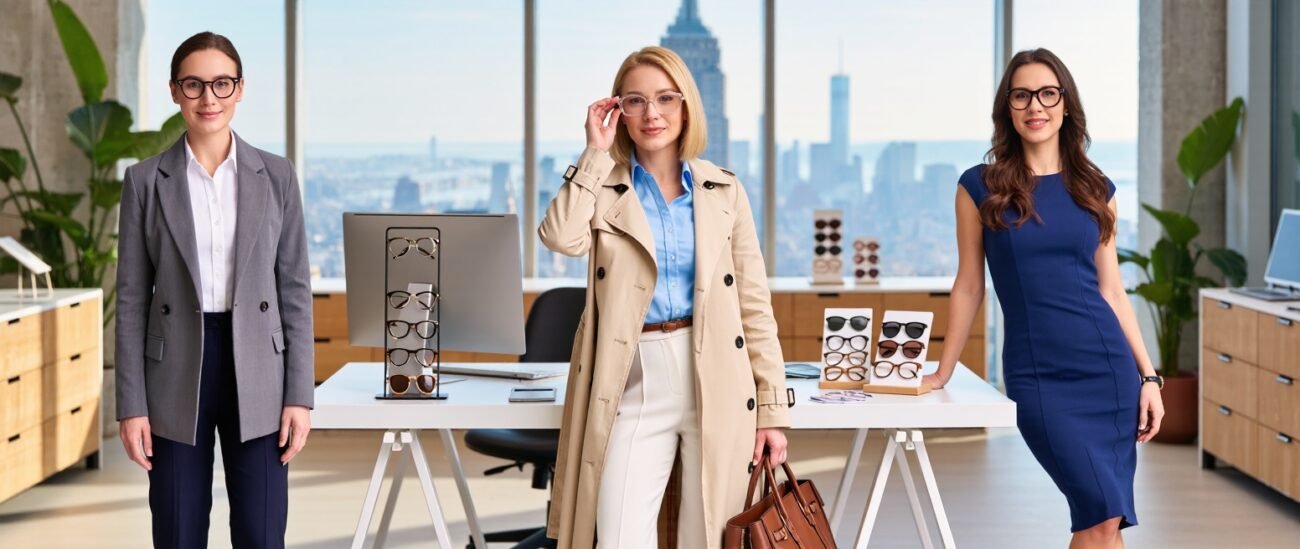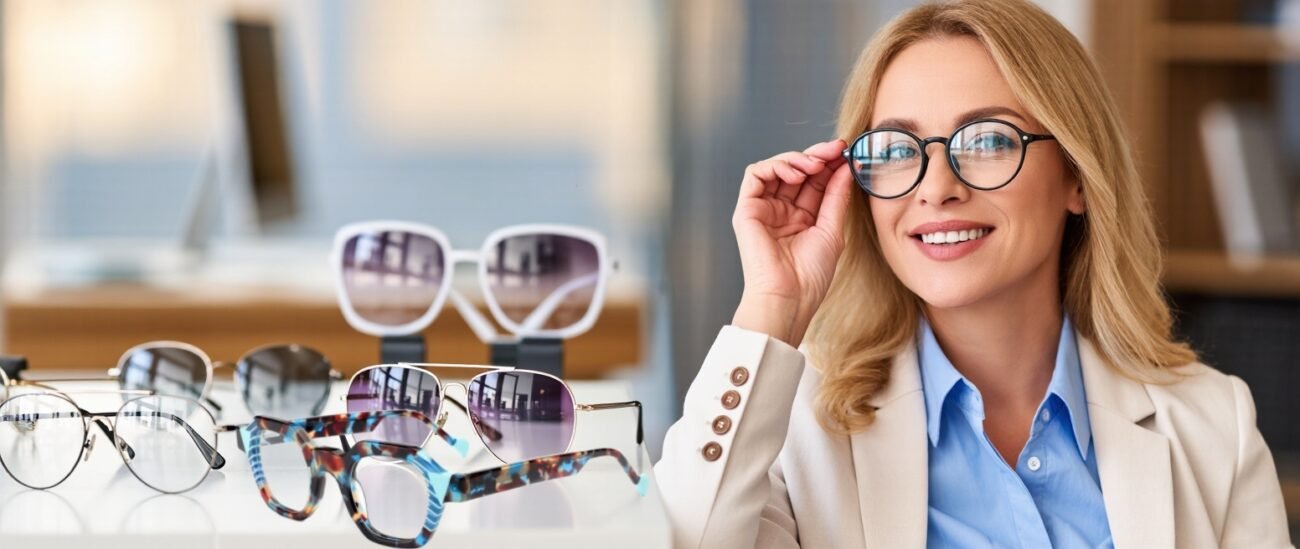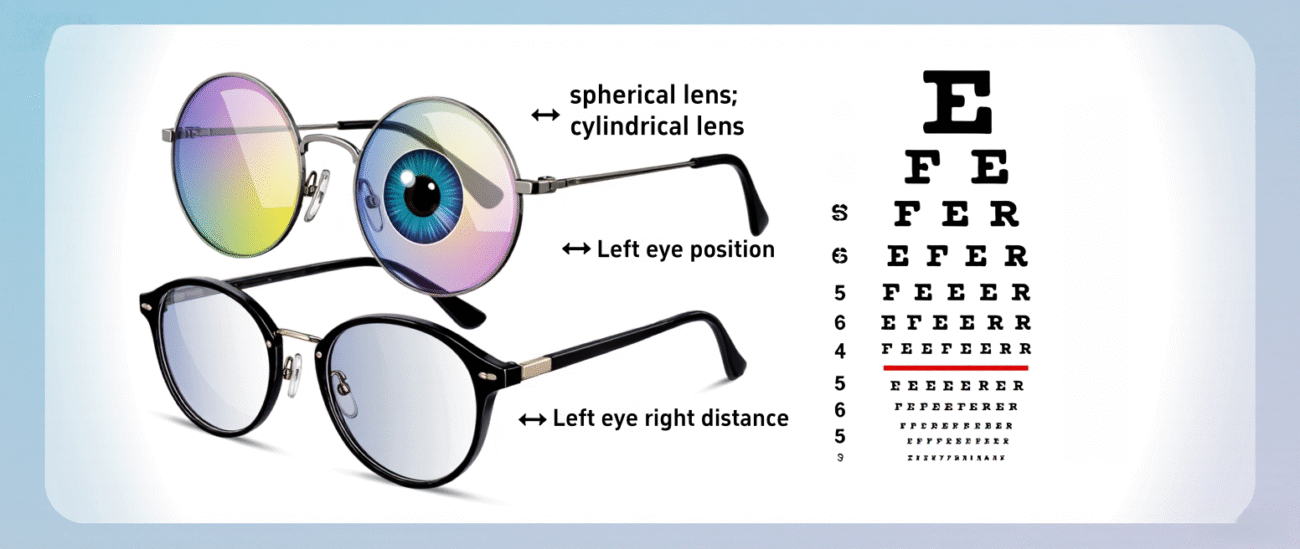Blog
The ultimate guide to blue light blocking prescription eyeglass lens coatings
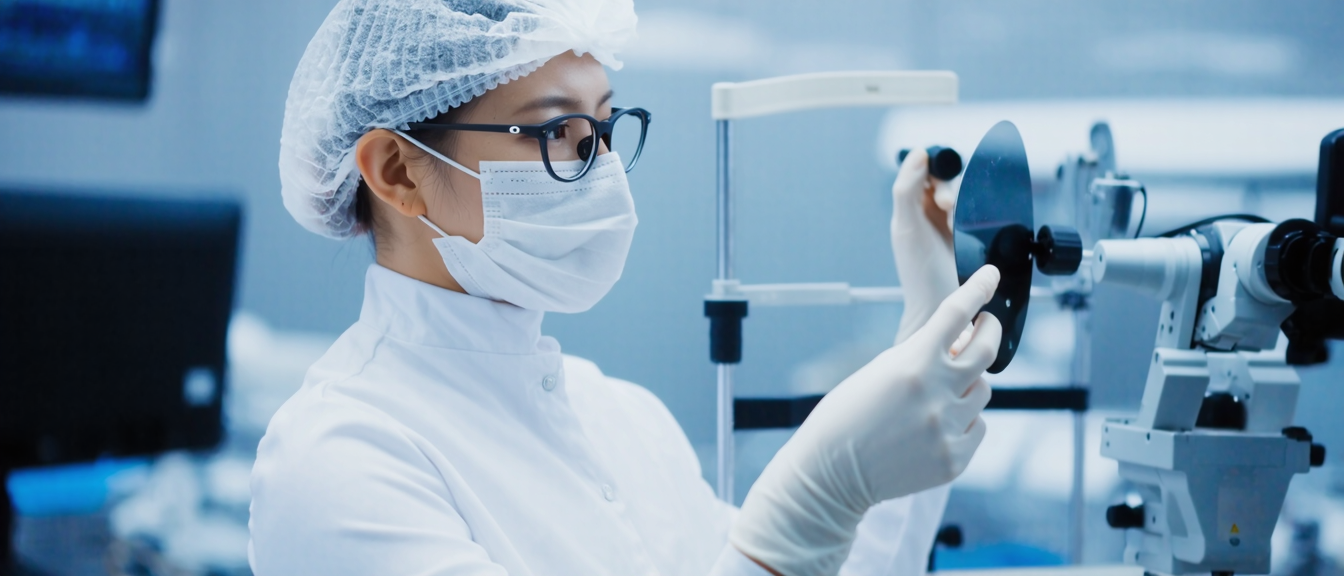
The Ultimate Guide to Blue Light Filtering Coatings for Prescription eyeglass: What the Latest Evidence Reveales
In today’s digitally saturated world, the question is not whether you are exposed to blue light, but how long you are exposed. Between computers, smartphones, and LEDs, our eyes are constantly exposed. This has led to a significant increase in the popularity of blue light filtering coatings for prescription eyeglass. You may have already seen marketing: reducing eye fatigue, improving sleep, and protecting retinal health. But what does the latest scientific evidence actually indicate? With updated guidelines released by ophthalmic nursing professionals, it’s time to eliminate noise. This comprehensive guide will provide detailed information on the latest recommendations for blue light blocking lens coatings, helping you make informed decisions for eye health.
Understanding the Blue Light Lens of Prescription eyeglass: Basic Knowledge
Blue light is a high-energy visible light (HEV) with a wavelength between 400-495 nanometers. This in itself is not a bad thing; In fact, the main source of blue light is the sun. Natural blue light during the day helps regulate our circadian rhythm, improve attention and mood. The problem lies in dosage and timing. Artificial sources, especially when we stare at the screen for hours until night, are the core issue. The latest research mainly focuses on three aspects: digital eye fatigue, sleep cycle disorders, and potential long-term retinal risks. The impact of these three aspects determines whether we need prescription eyeglass and whether the lenses need anti blue light coating.
Debate: What did the latest guidelines for prescription eyeglass say?
Major ophthalmic organizations, including the American Academy of Ophthalmology (AAO), have published insights that often surprise consumers. They stated that there is no conclusive scientific evidence to suggest that the blue light emitted by digital screens will cause irreversible damage to the retina. The discomfort we feel, known as digital eye fatigue or computer vision syndrome, is largely related to how we use screens, rather than blue light itself. Therefore, wearing Prescription Eyeglass with blue light lenses can block most of the blue light damage.
AAO has not officially recommended special prescription eyeglass to ordinary users and pointed out that the amount of blue light emitted by the screen is negligible compared to the sun. So, why is the market thriving? Let's delve deeper into it.
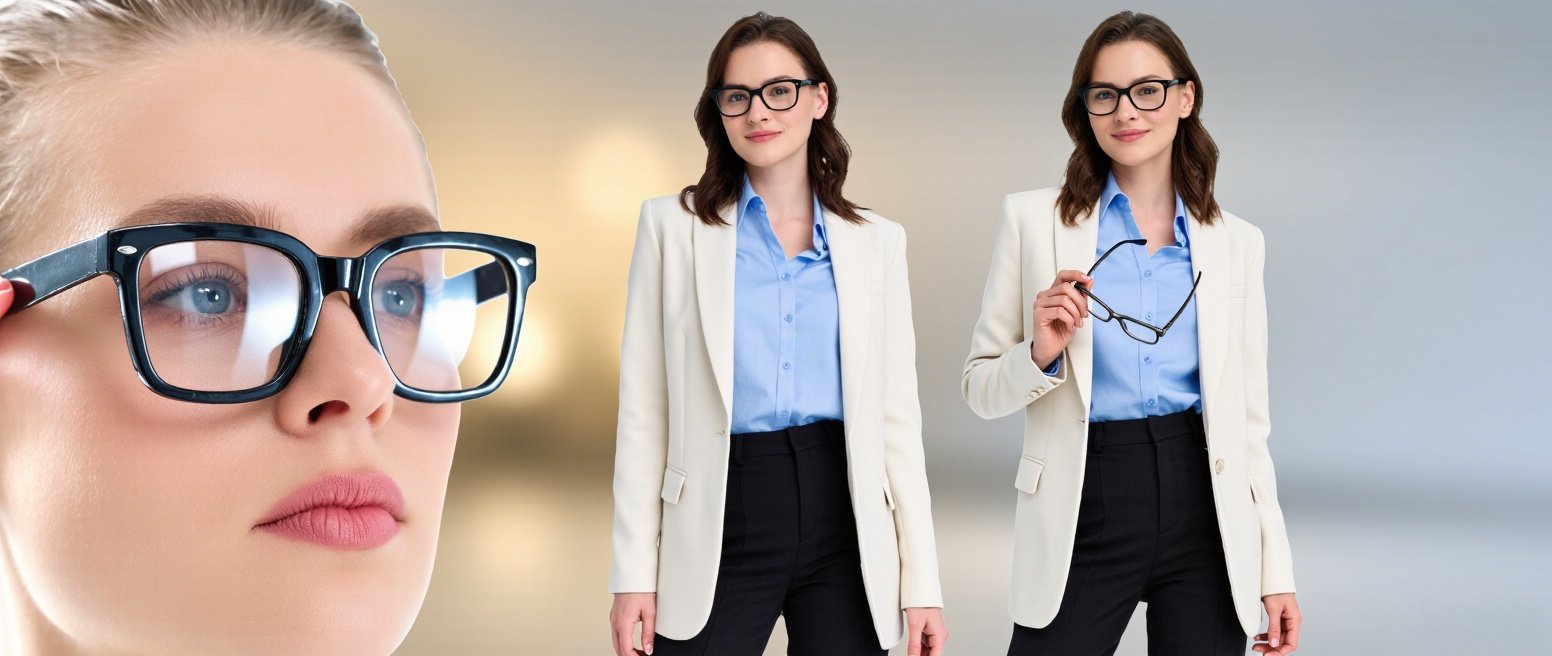
Digital Eye Fatigue: Where Prescription Eyeglass Coatings Can (and Cannot) Help
While blue light may not be burning holes in your retinas, the connection to eye strain is more nuanced. The latest coatings do more than just filter blue light.
· The Contrast Enhancement Effect: A blue light coating often has a subtle yellow, amber, or orange tint. This tint can increase contrast, making it easier for your eyes to focus on backlit screens, which can feel more comfortable for some users.
· The "Placebo Effect" of a Ritual: Investing in a coating designed for screen use can make you more mindful of your screen habits, encouraging you to take more breaks—which is a proven method to reduce strain.
· The Glare Reduction Factor: Many modern blue light coatings are integrated with premium anti-reflective (AR) properties. This reduces glare from overhead lights and screens, which is a significant, proven contributor to eye strain.
The latest guideline is this: If a blue light coating makes your eyes feel more comfortable during long work sessions, it is providing a benefit, even if that benefit is partly perceptual. The key is understanding it's not a magic bullet.
Sleep Cycle Disruption: The Strongest Case for Filtering
This is where the science is most robust. Blue light, especially in the evening, suppresses the production of melatonin, the hormone that regulates sleep. Using a device that emits blue light before bed can make it harder to fall asleep and reduce sleep quality.
For night-time device users, a blue light coating on their everyday prescription eyeglass can be beneficial. However, a more effective and targeted solution is using software like "Night Shift" on Apple devices or "Night Light" on Windows and Android, which automatically reduces blue light emission after sunset. For optimal sleep hygiene, the best guideline remains: avoid screens 1-2 hours before bed.
Reality of prescription eyeglass market: This is a constantly growing segmented market
It is worth noting that in the vast prescription eyeglass market, blue light specific glasses remain a niche but growing category. Industry analysis shows that the appearance ratio of prescription eyeglass and blue light blocking glasses is about 1.2%. This means that for every 100 pairs of standard prescription eyeglass dispensed, only about 1.2 pairs are specifically designated as blue light blocking glasses and sold. This low number highlights that although well-known, consumers' adoption of specialized shoes is still selective, often influenced by specific needs such as gaming or severe digital eye fatigue.
Who Are the Best Candidates for a Blue Light Coating?
Based on the latest evidence, the following groups may find the most value:
· Heavy Gamers and Programmers: Individuals who spend 6+ hours daily in front of high-intensity screens.
· Night Shift Workers: Those who are exposed to significant artificial light at night and need to sleep during the day.
· Individuals with Persistent Dry Eye: Blue light may contribute to tear evaporation, and reducing it can offer marginal relief.
· Anyone Who Finds Relief: If you've tried it and it subjectively makes your eyes feel less tired, that is a valid reason.
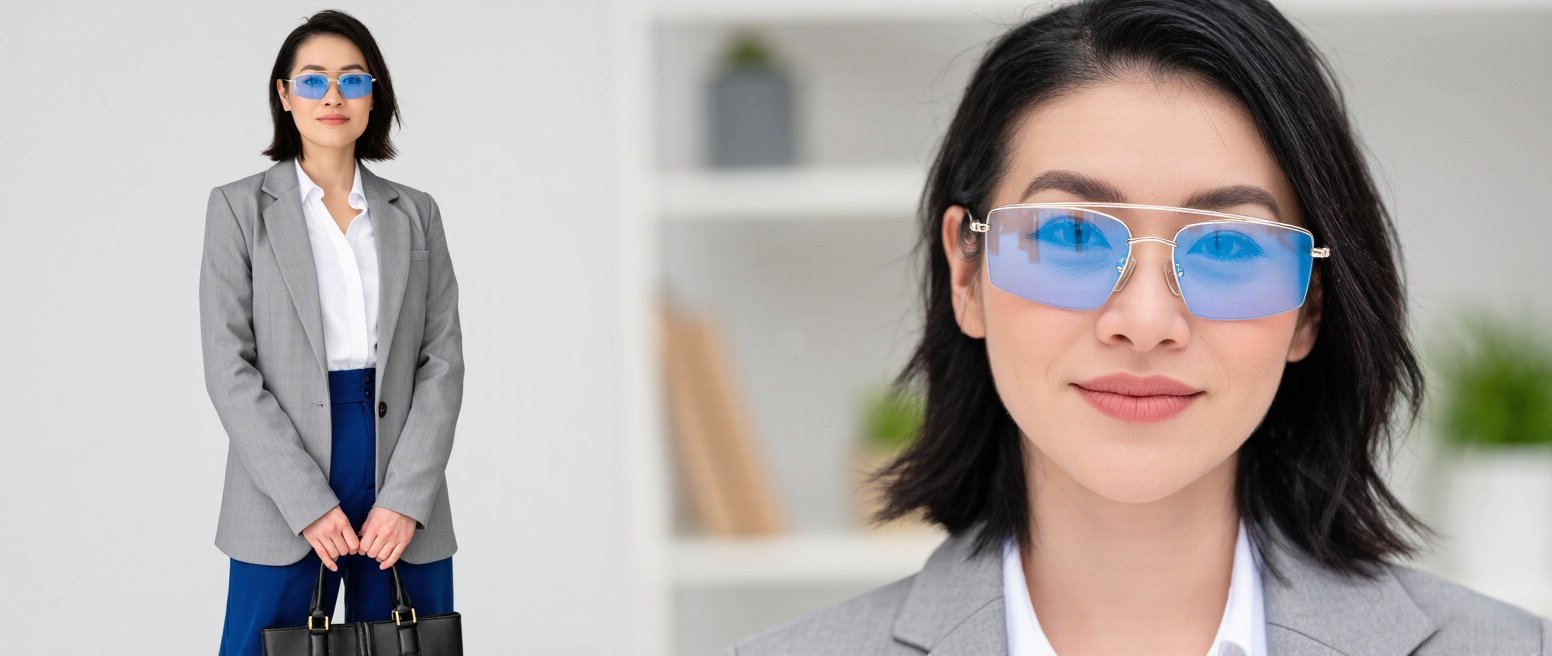
Final Verdict and Actionable Guidelines
The consensus is shifting from "must-have" to "informed choice." Here is your actionable guide:
1. Prioritize Healthy Habits First: Follow the 20-20-20 rule (look 20 feet away for 20 seconds every 20 minutes). Adjust screen brightness and increase text size.
2. Get a Comprehensive Eye Exam: Rule out underlying vision issues like astigmatism or presbyopia that are the true cause of your strain.
3. Consider an Integrated AR/Blue Light Coating: If you opt for a coating, choose a premium anti-reflective coating that includes a blue light filter. You get the proven benefits of glare reduction with the potential subjective benefits of blue light filtering.
4. Use Software at Night: Enable night mode on your devices for a free and effective solution to sleep-related blue light issues. In conclusion, a blue light coating is not a medically necessary treatment, but it can be a valuable comfort feature.
The latest guidelines encourage a balanced view:
Don't expect prescription eyeglass to provide miraculous healing, but don't overlook the potential for improved comfort, especially when combined with other validated lens technologies. The function of prescription eyeglass is to maintain protection.
Discuss your specific lifestyle and symptoms with an optometrist to determine if the upgrade of this prescription eyeglass is suitable for you.
Best for teenagers’ vision protection pinhole glasses auxiliary vision correction relieve pressure
$14.90Square cat eye frame women’s prescription glasses – the favorite anti UV400 glasses for American women2025
$79.50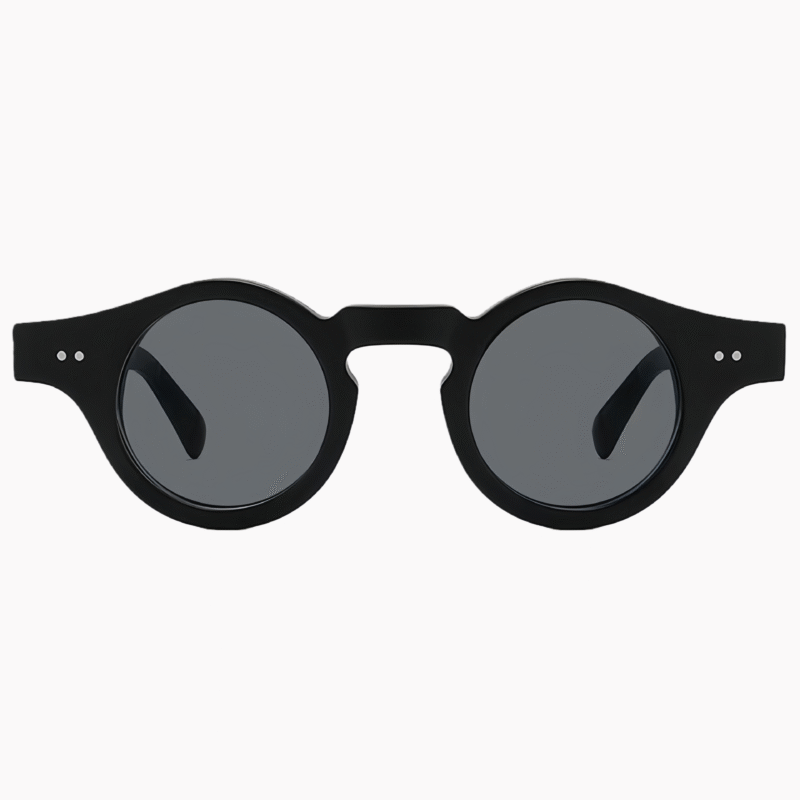
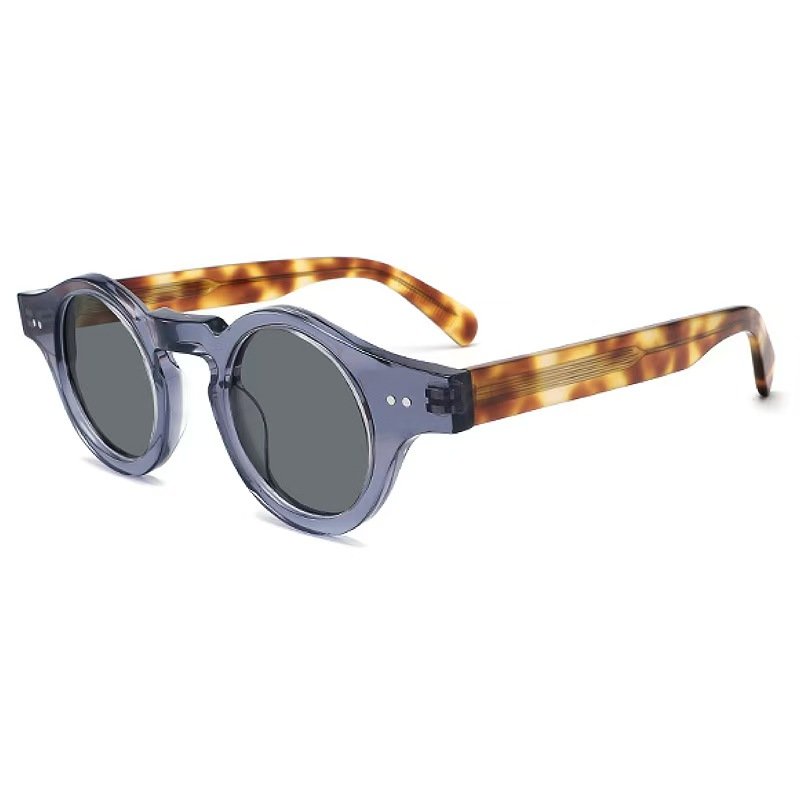
Progressive Thick-Frame Oval Sunglasses | Premium Acetate & Polarized Lenses
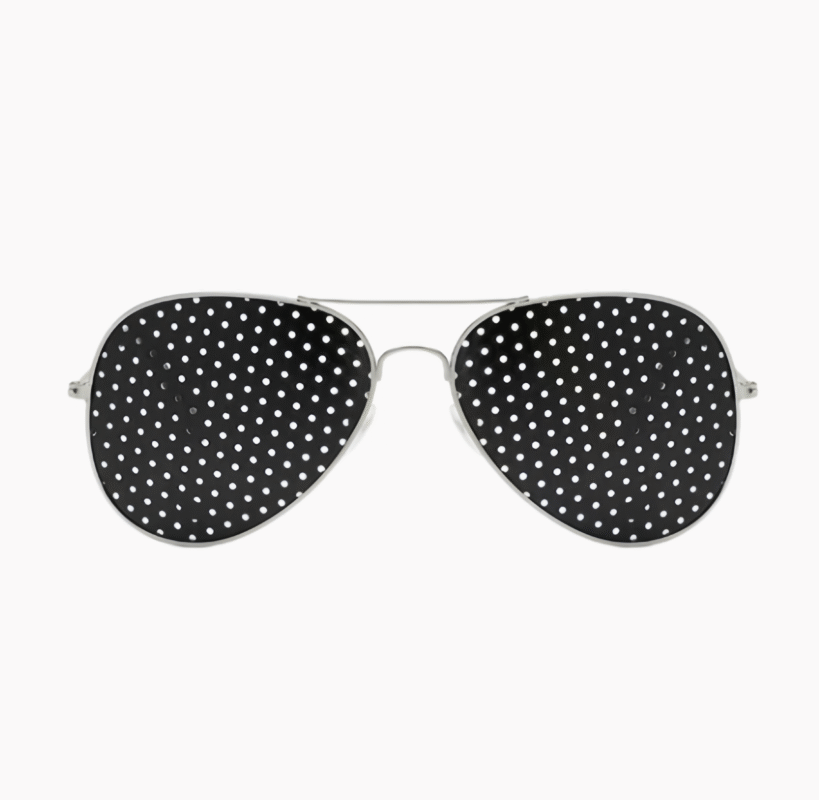
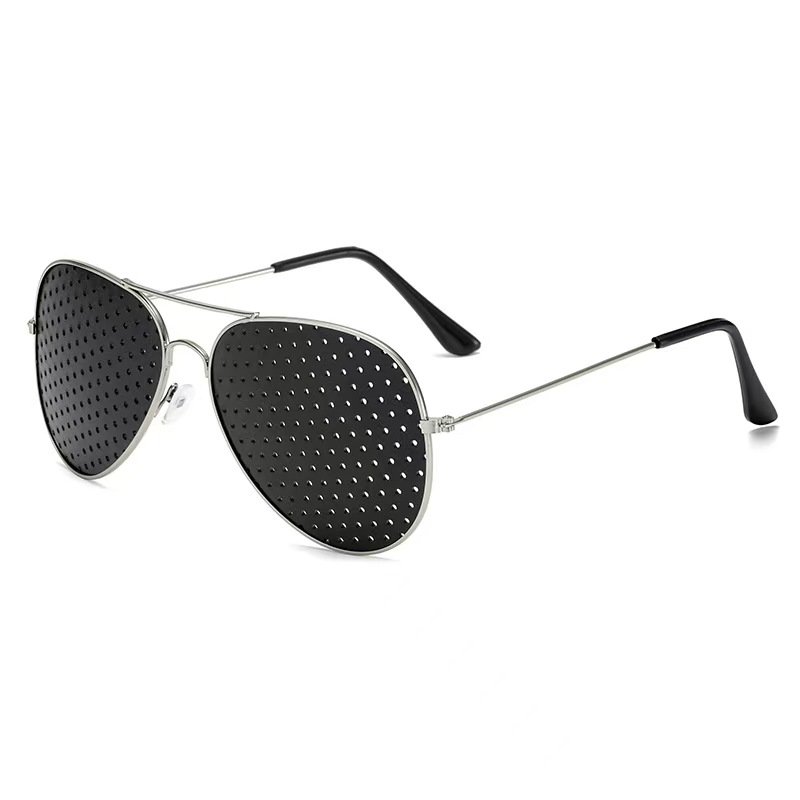
Pilot style pinhole glasses vision correction-The most comfortable and convenient visual training glasses
$37.00Square frames for myopia children – the best lightweight prescription glasses
$38.00Classic driving square polarized sunglasses – high-end sun visor
$39.90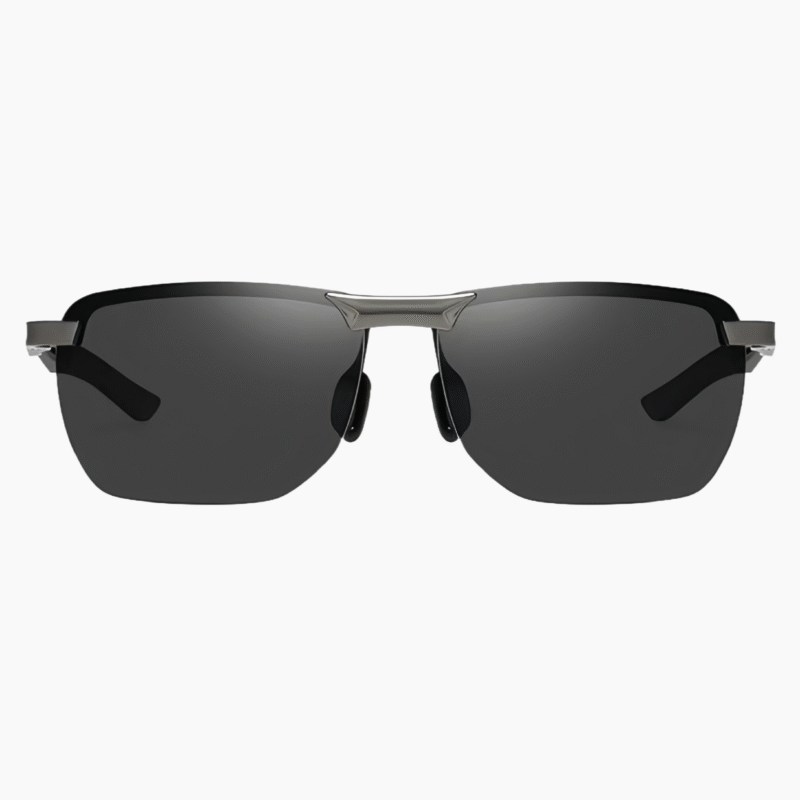
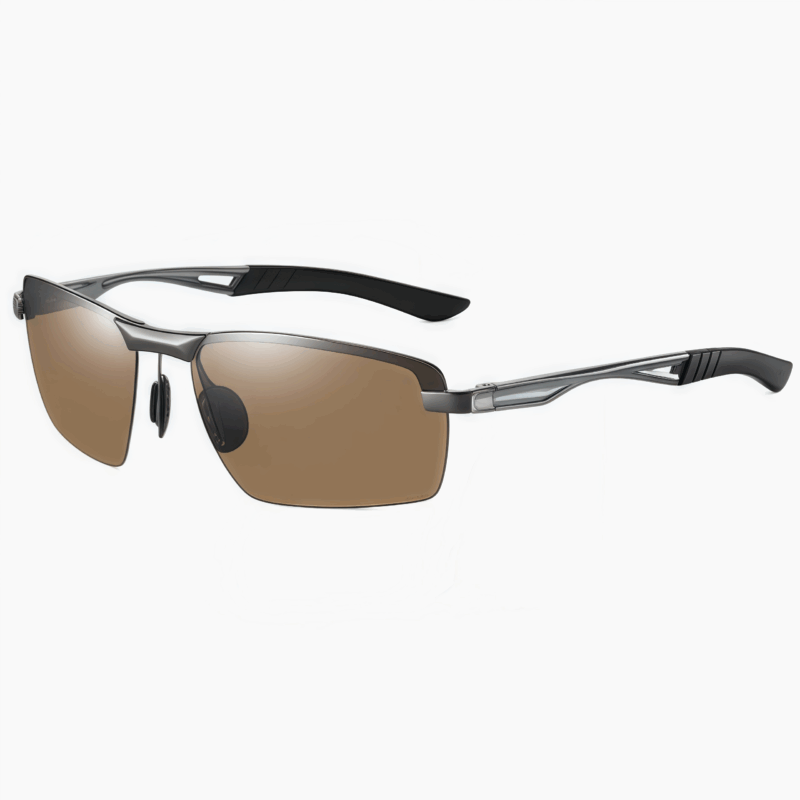
Men’s Polarized Sunglasses Anti-UV400 Sports Glasses – 2025 America’s Best Selling Sung
$29.90Retro Geometric Glasses Frame – The most Personalized Prescription Glasses Frame 2025 Edition
$69.00Men’s polarized sunglasses lightweight frame – the most suitable glasses for cycling, travel, and mountain climbing
$22.90TR90 children’s prescription glasses – the best-selling eyeglass frame in 2025
$35.90